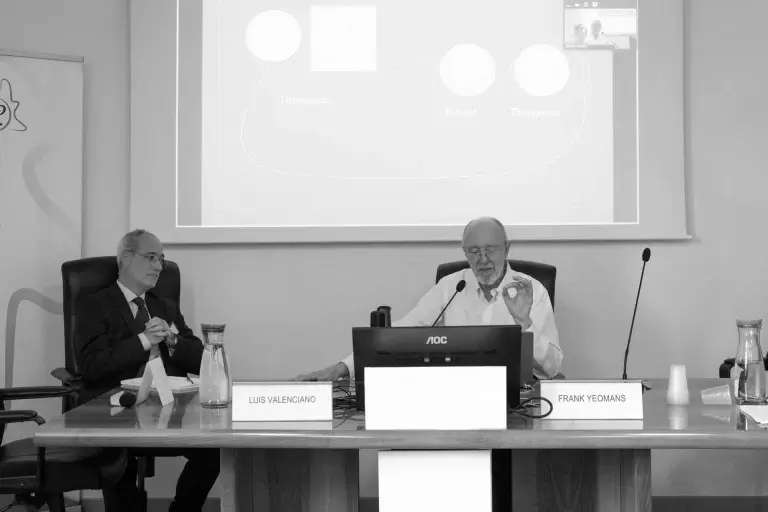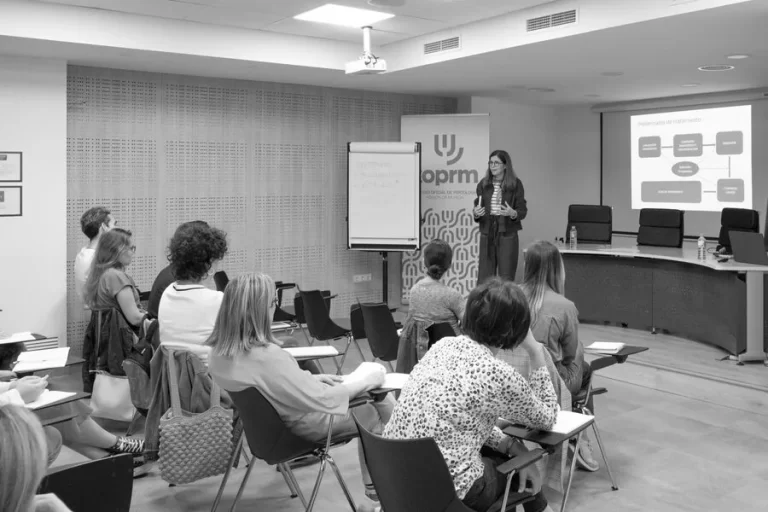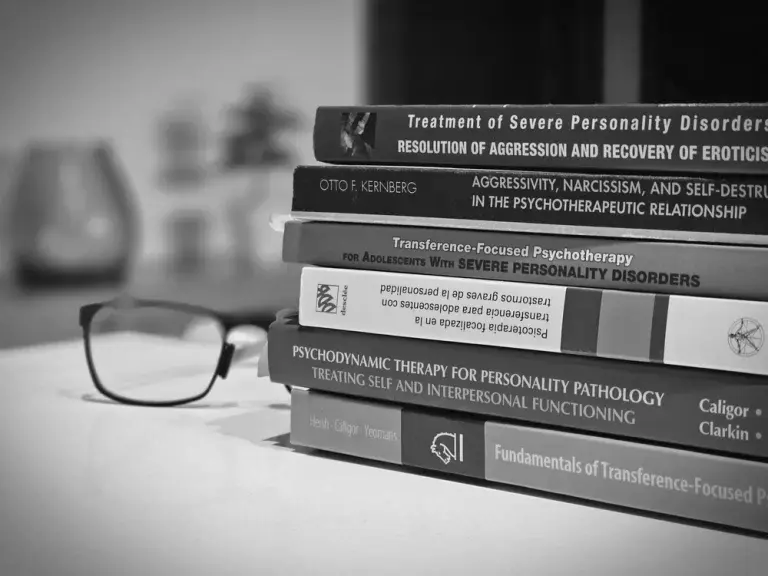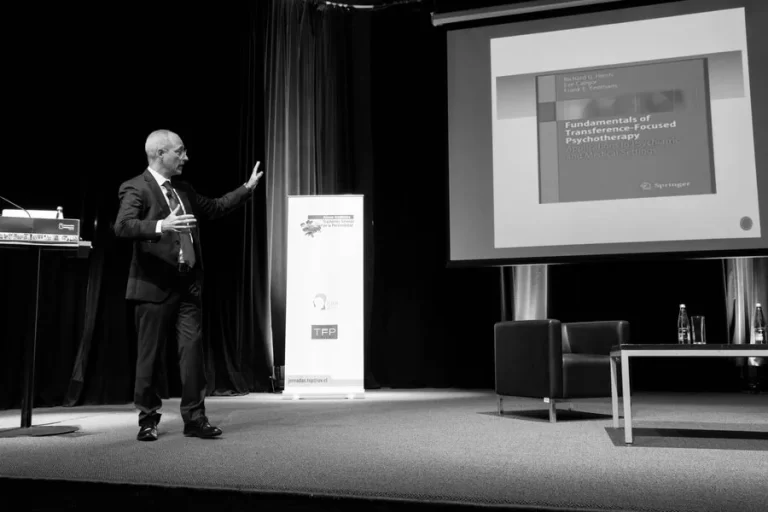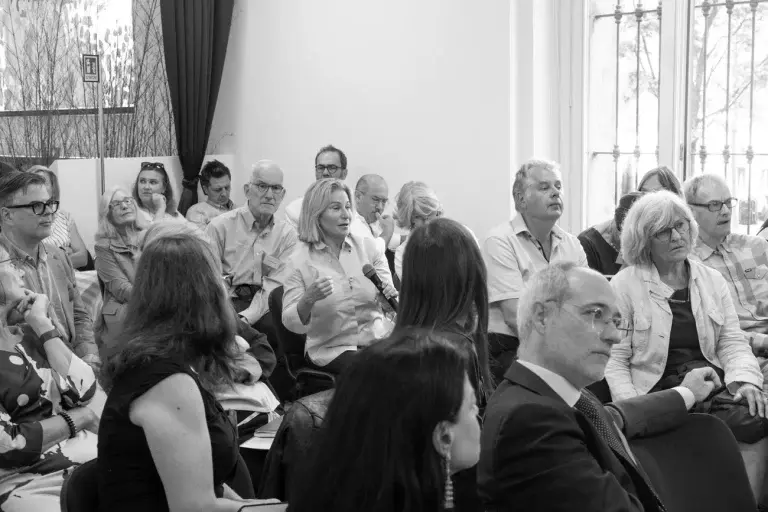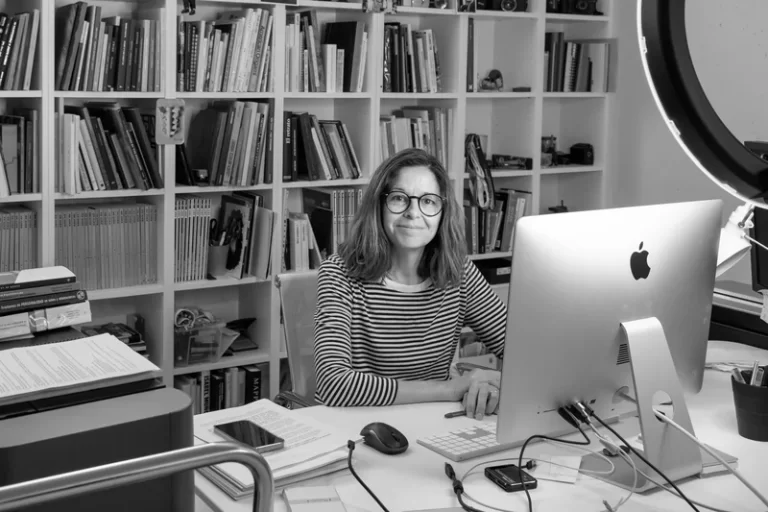TFP and patients with low reflexivity
TFP and the work in patients with low reflexivity
Our faculty member, Dr. Luis Valenciano, and the President of the ISTFP, Dr. Frank Yeomans (TFP-New York) gave a joint lecture at the ISTFP Supervisors Congress last October 7 in the Italian city of Milan, on how to modify the technique to treat patients with low reflexivity.
We all have in therapy patients with normal or superior intelligence but whose reflexivity is low. They also called this low reflective function, “concrete thinking”.
Low reflexivity or concrete thinking in today’s society
But the conference went further.
With society’s shifts towards greater superficiality, the speed of social networks and interactions, the overflowing excess of news and information, it seems as if more and more patients are, in that sense, patients of “concrete thinking”
In other words, the average patient could have more and more characteristics that would bring him/her closer to concrete, literal thinking, such as “what is, is”, without that capacity for more abstract or symbolic thinking, which presents a challenge for us therapists, forcing us to make some technical modifications.
Drs. Valenciano and Yeomans listed many of these modifications.
For example, the need on the part of the therapist to measure well how much information we give the patient in each intervention and in each session. Sometimes we err on the side of giving too much information in one interpretation or in one paragraph.
They also explained how the “attentional window” of borderline patients is a short window. That is to say, their attention span is short, so the therapists’ long sentences do not suit them. It is better, according to the speakers, to make shorter and better chosen sentences.
They also spoke of the need for dyads not to be stated in an “orthopedic” format as perhaps has been the case in the past and as is still perceived in some supervisions. They encouraged stating first one dyadic pole and only then the other dyadic pole instead of nominating the whole dyad. By “orthopedic” they meant too many cognitivized utterances, such as “he looks like a prisoner and I am his jailer”. It would be better, they said, to make preparatory and sequenced interventions.
For example: “I notice you are restless” and then wait for the patient’s response and only very progressively move with the patient, hand in hand, towards the object pole represented by the therapist,
Special emphasis was placed on the need for the therapist to attend to the patient’s affect constantly, monitoring even small changes in the patients’ affective register.
At the same time, they broke a lance in favor of maintaining the dyad as the organizing principle of everyone’s mind (patient, therapist, supervisor, family).
It is beyond the scope of this post to document the need for changes in technique for patients with low reflective thinking but not beyond the scope of our training course in which that lecture will be expanded and revisited as part of the training we offer.

